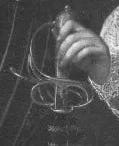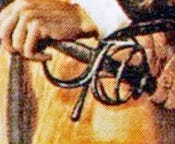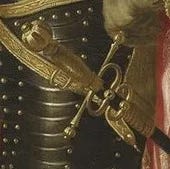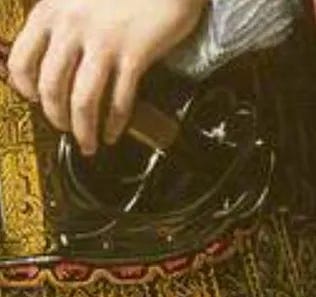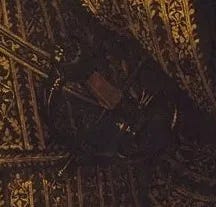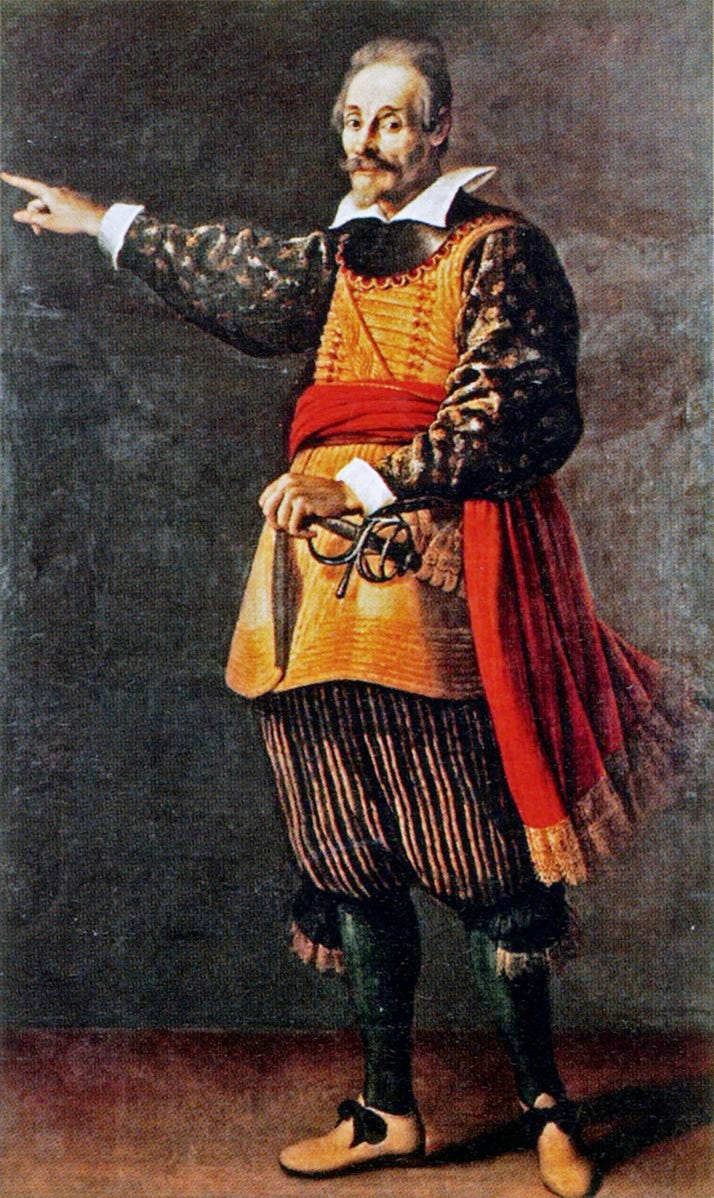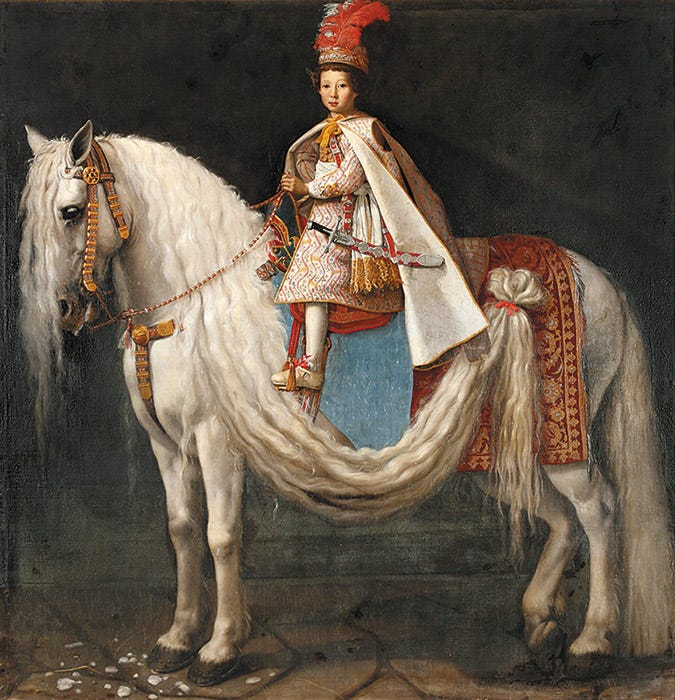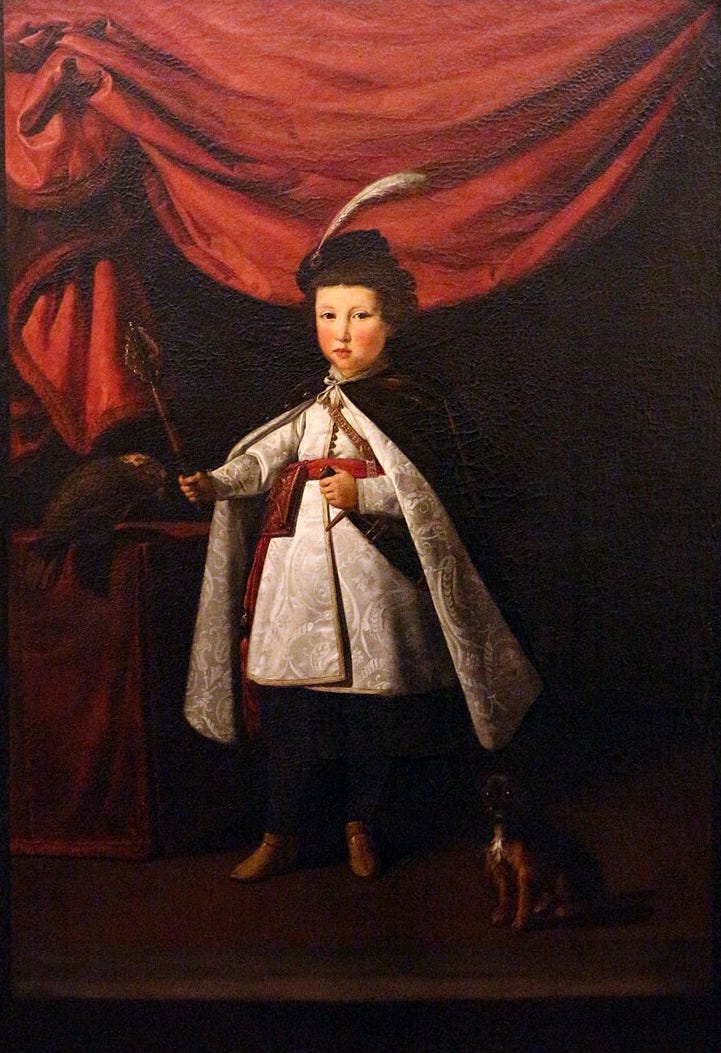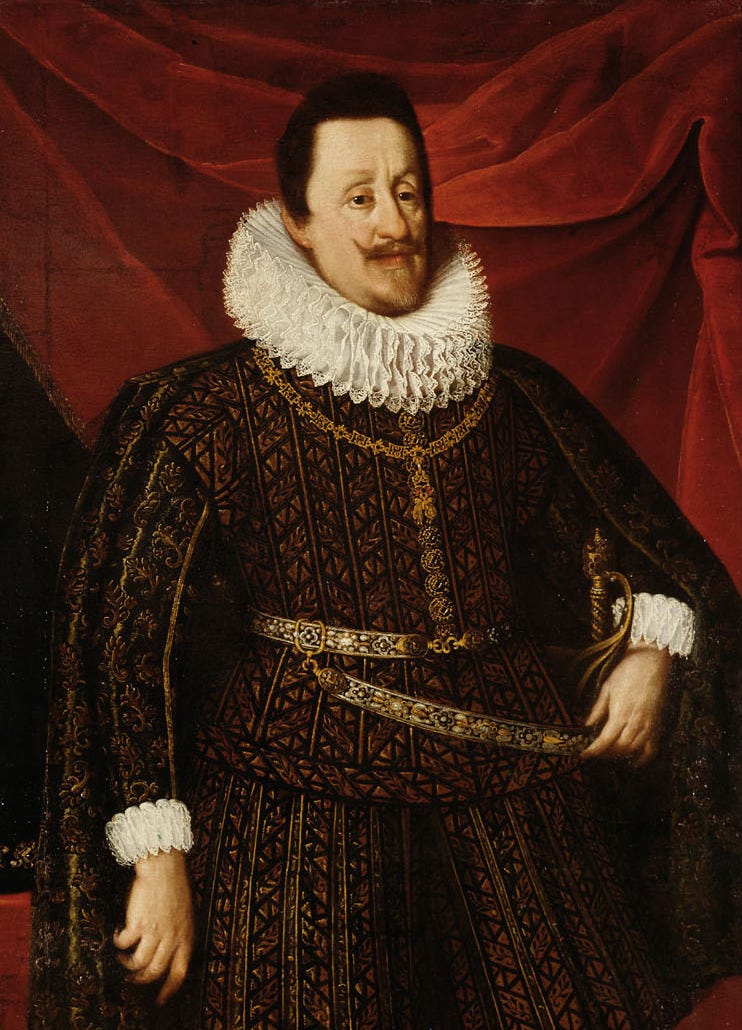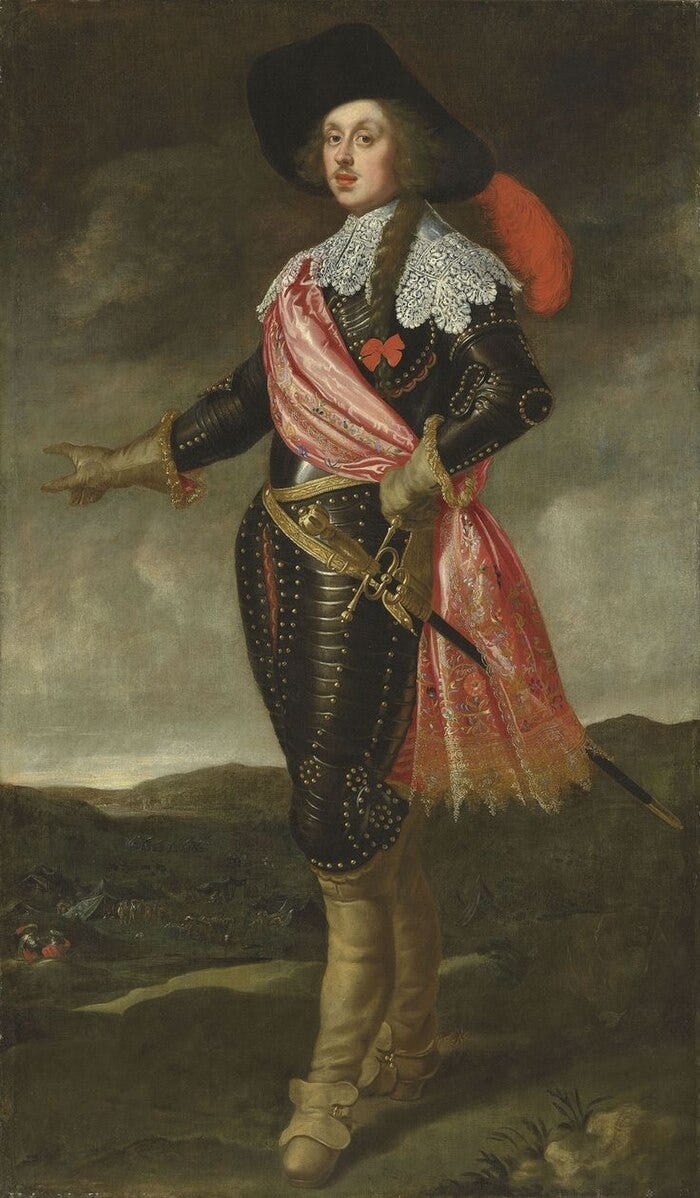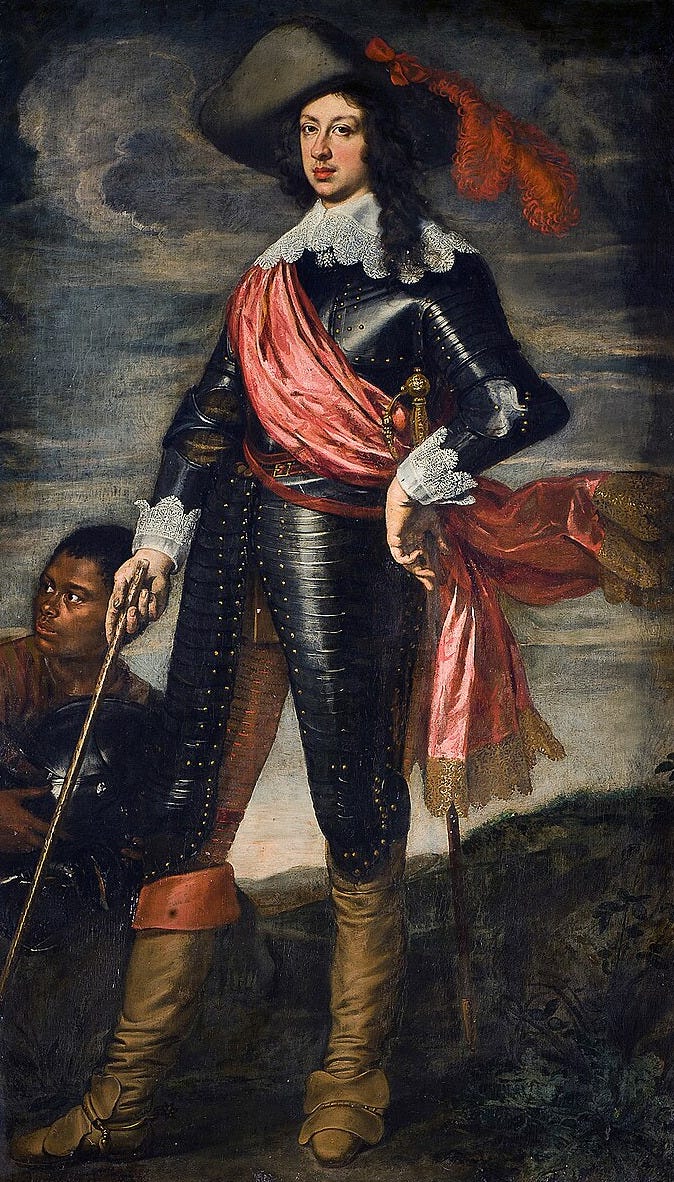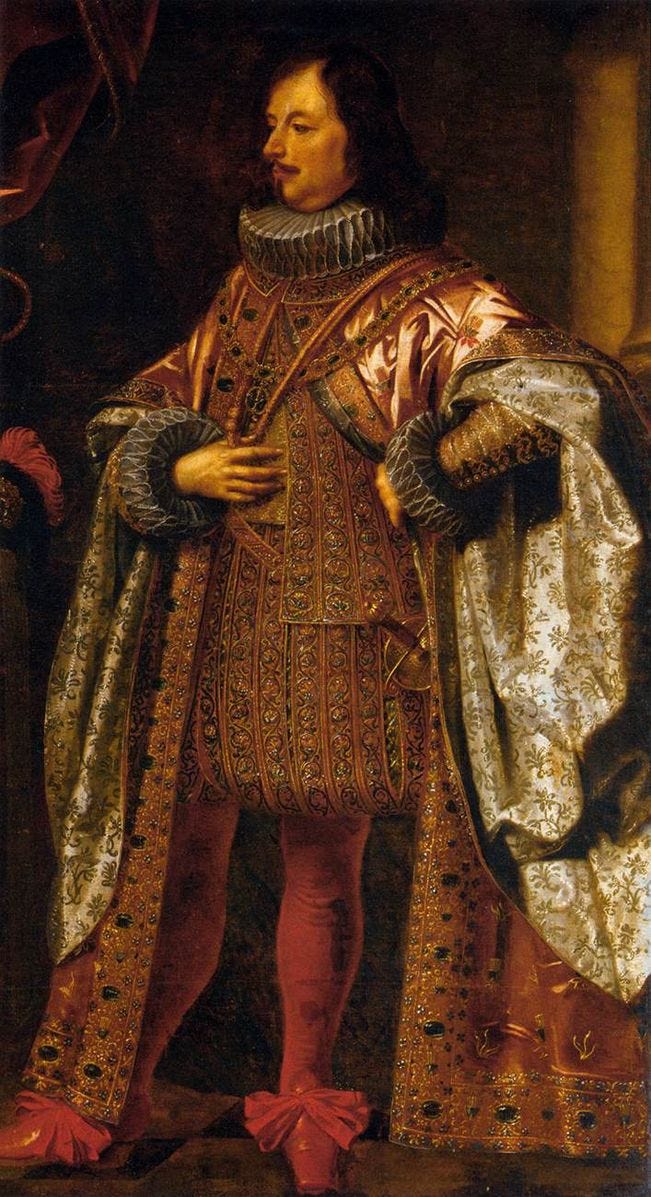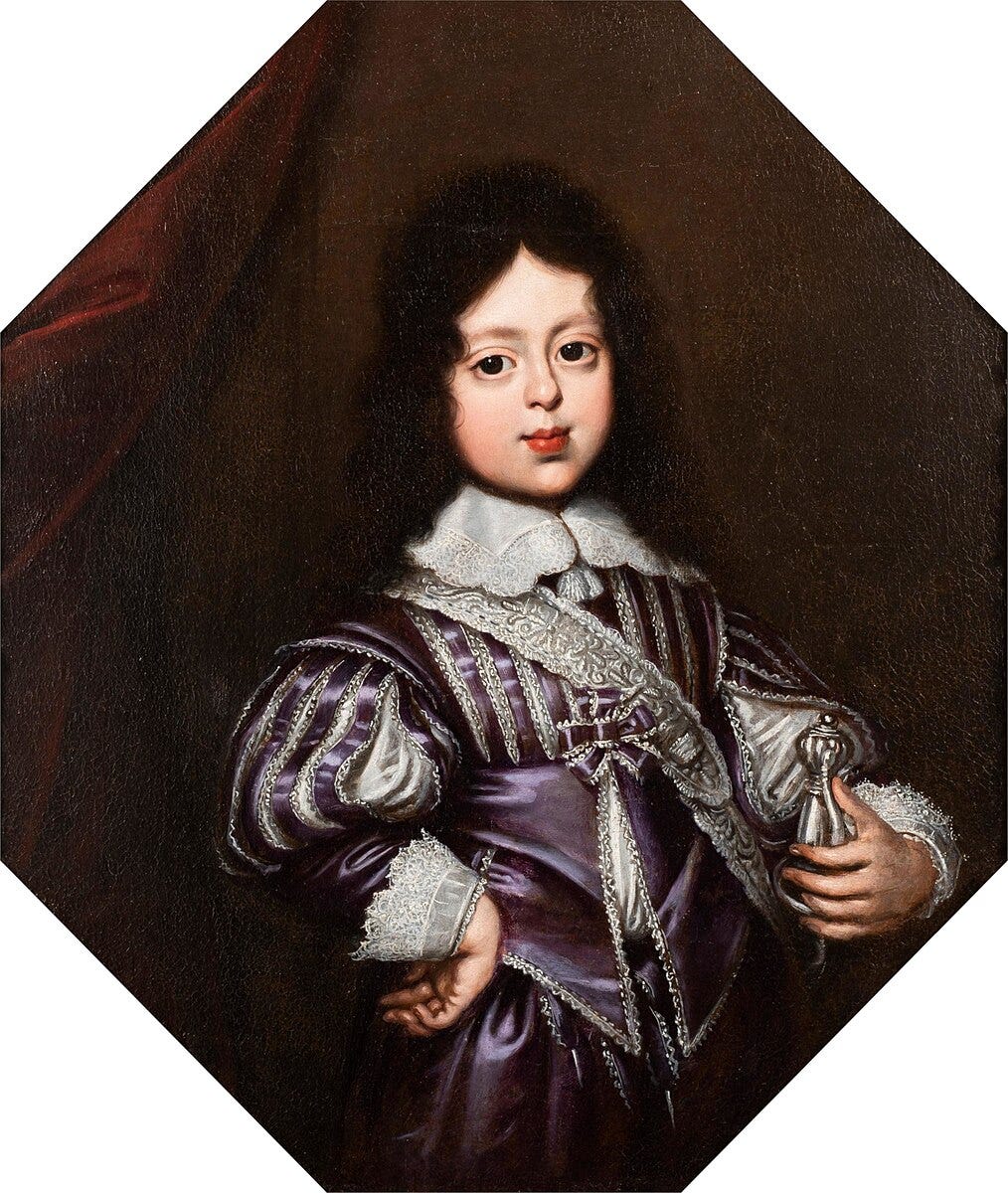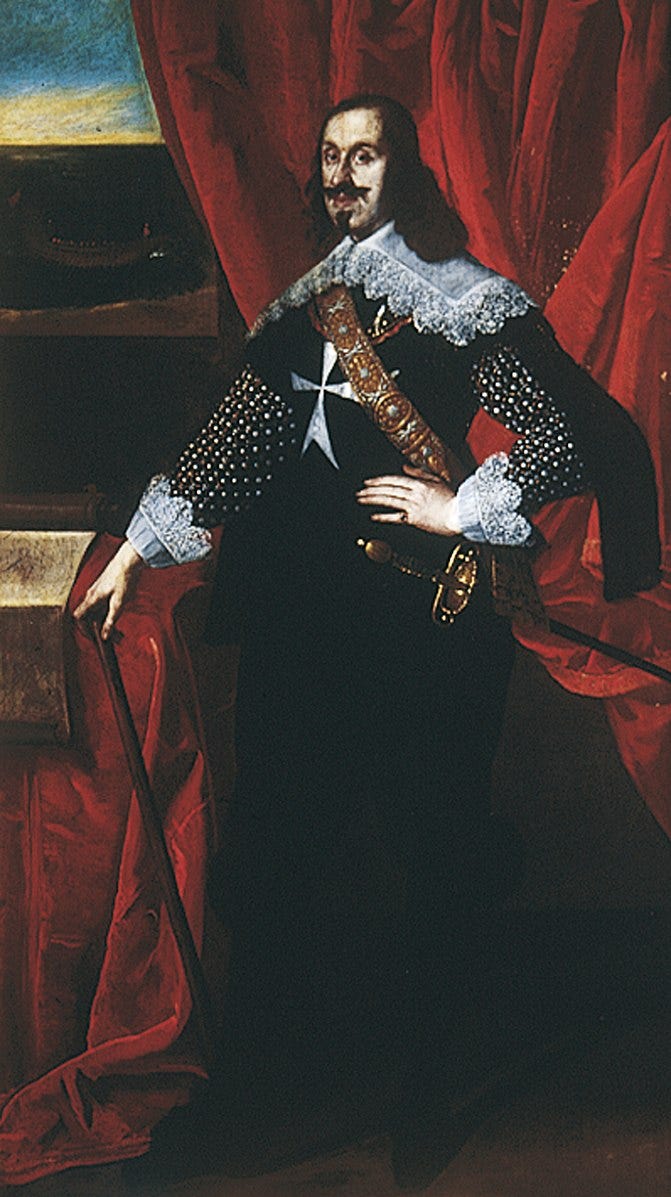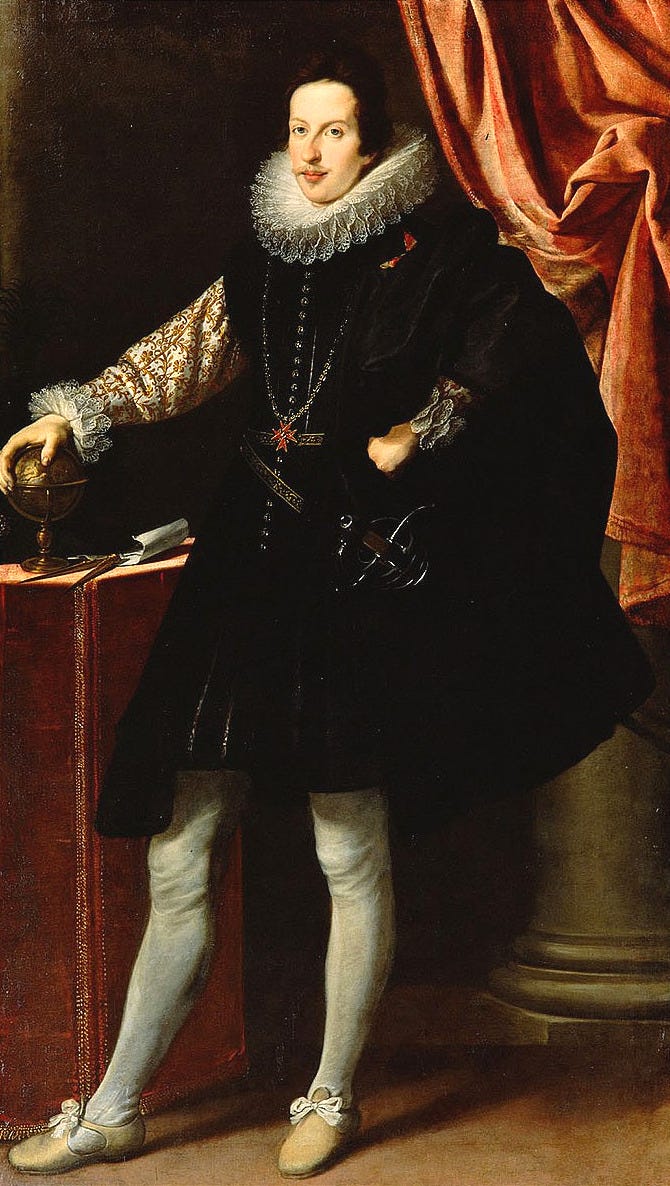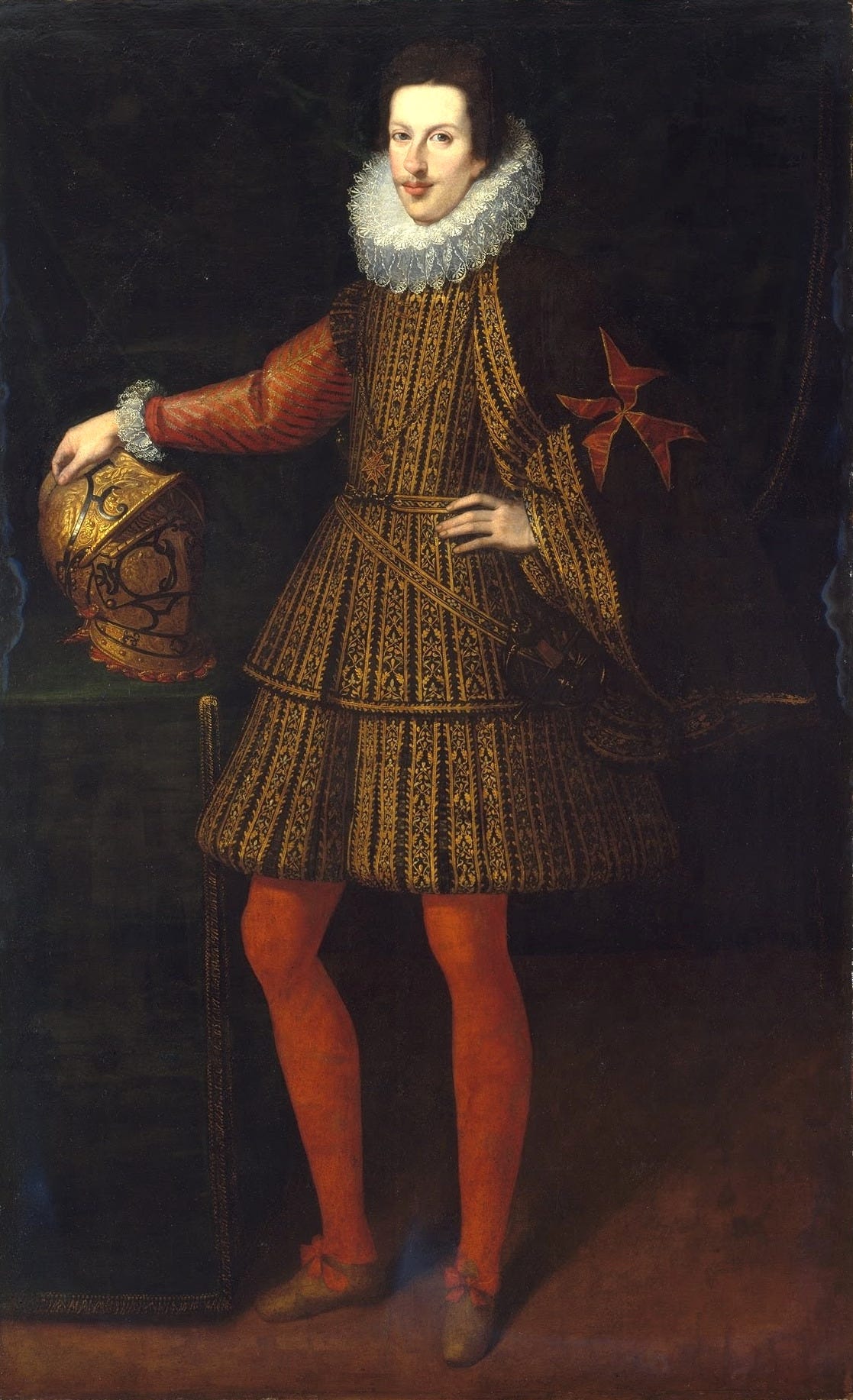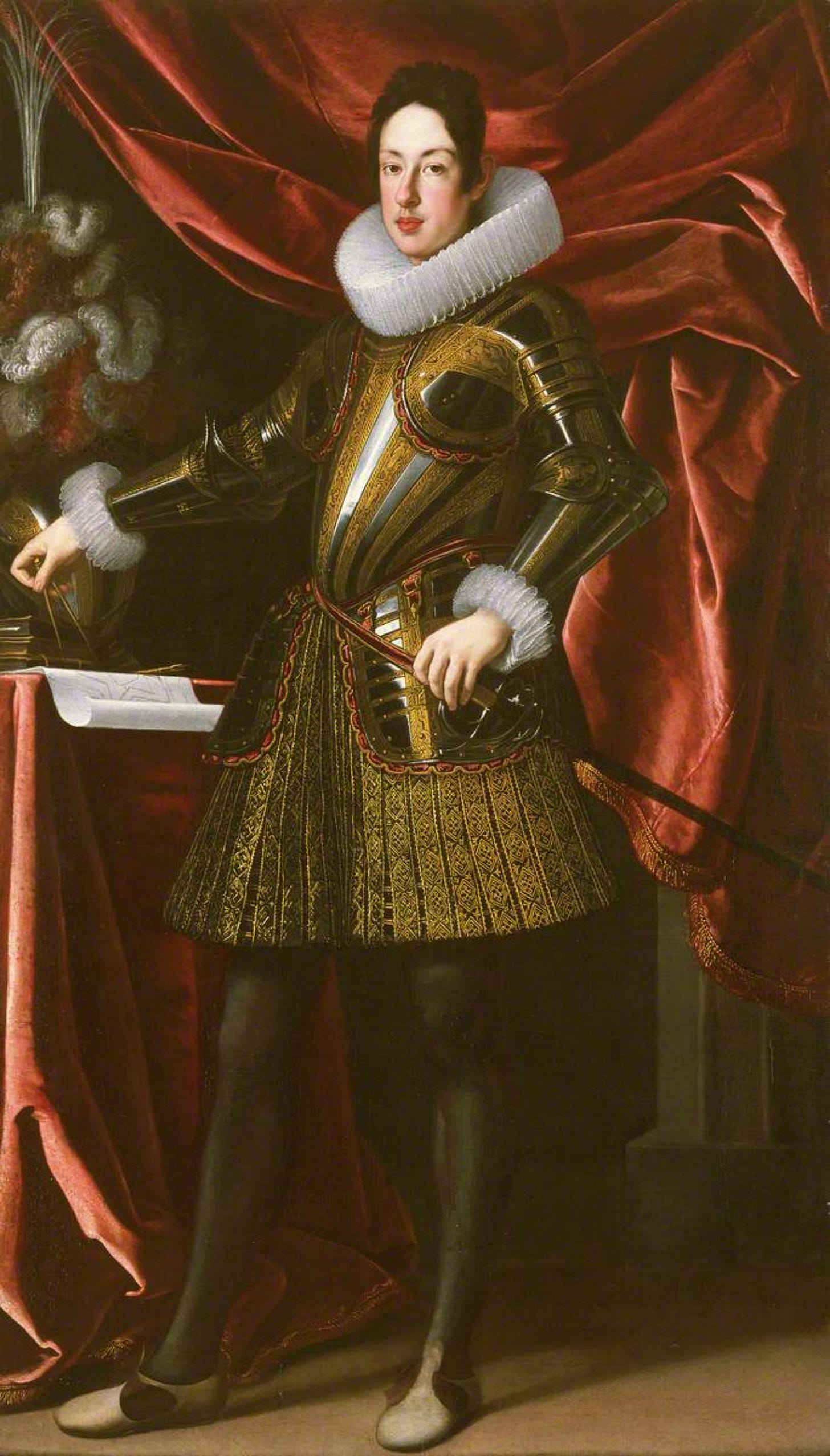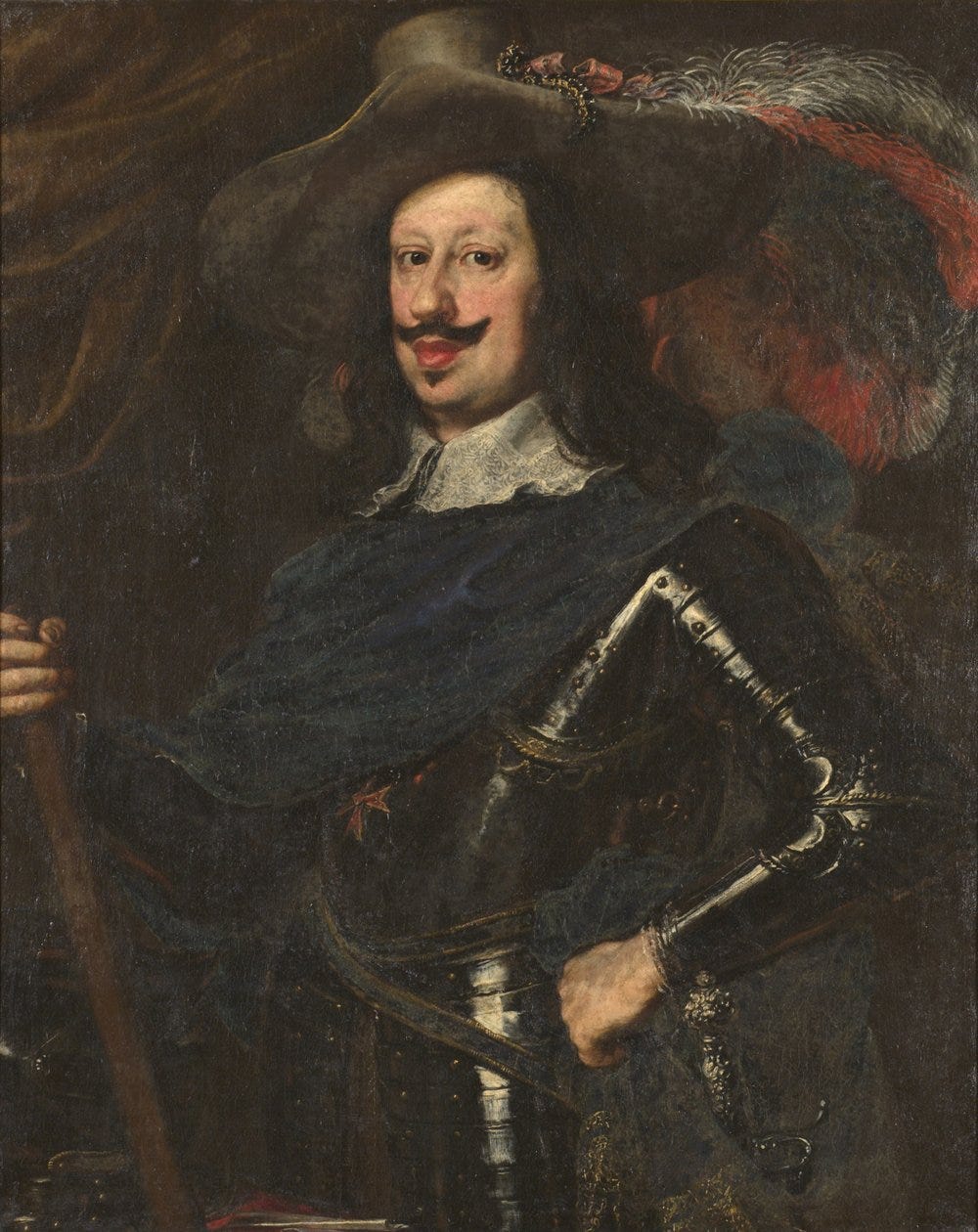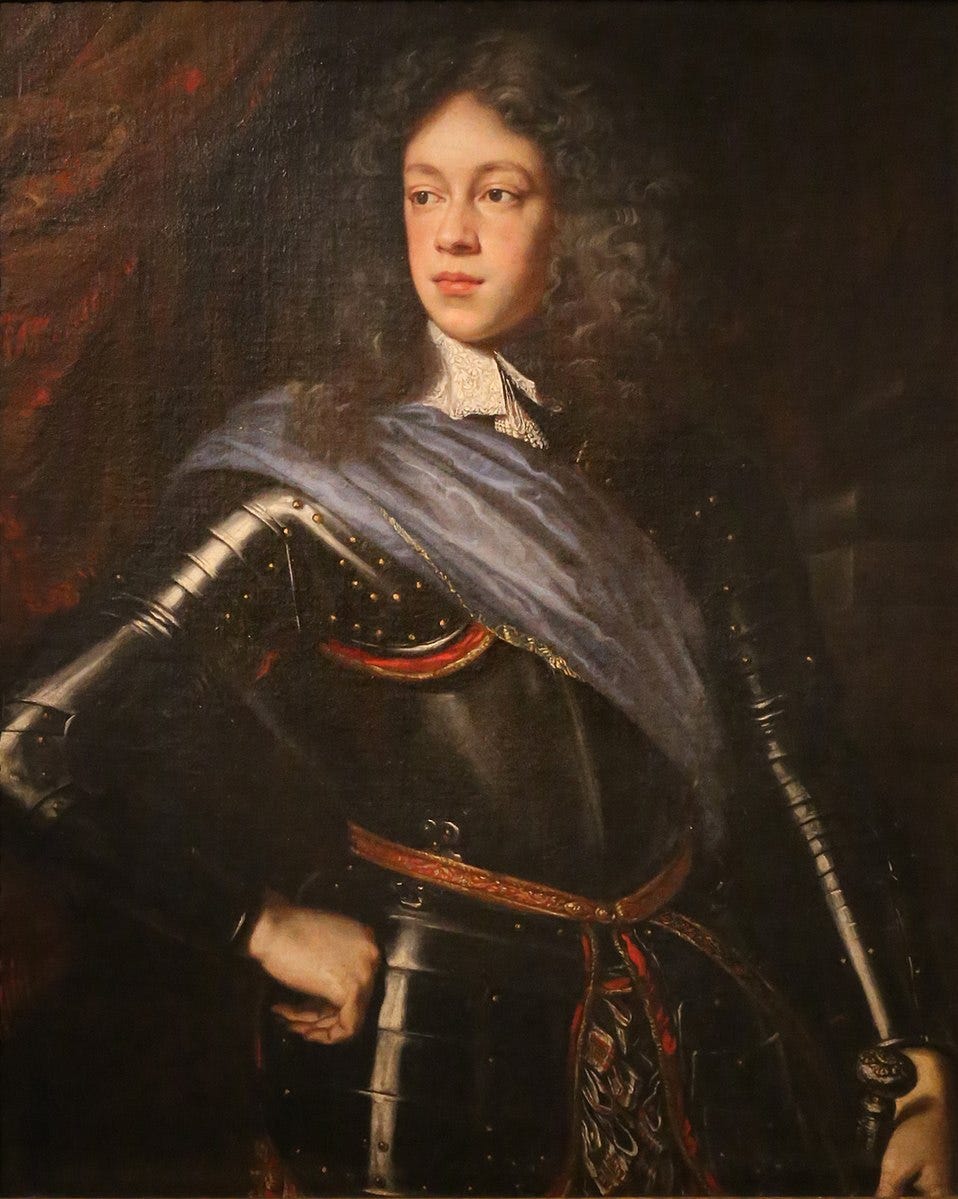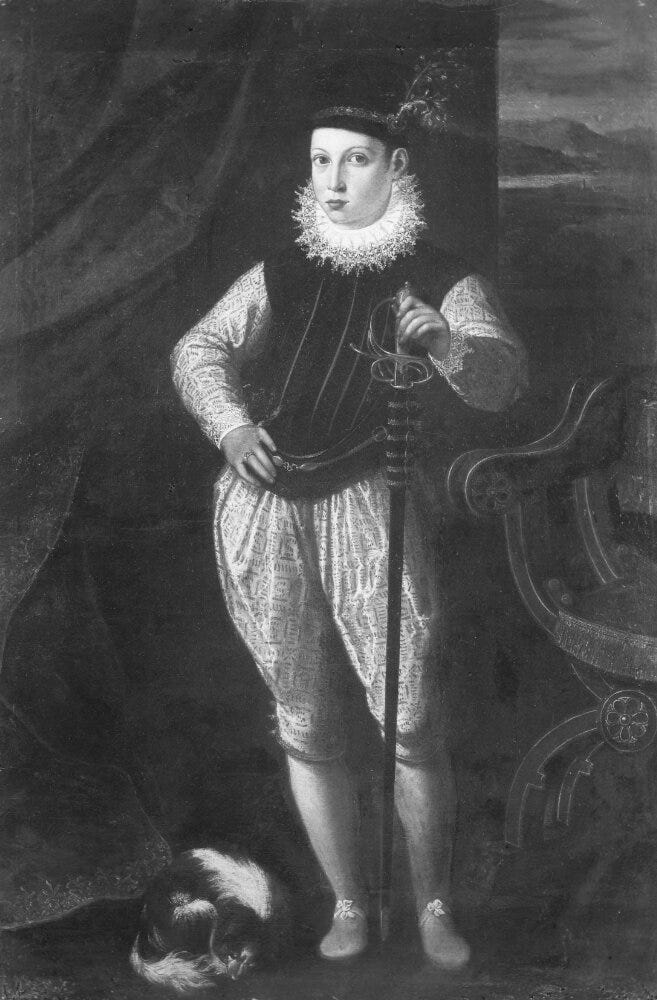Justus Sustermans, Joost Sustermans or Suttermans, his given name Italianised to Giusto (28 September 1597 – 23 April 1681), was a Flemish painter who is mainly known for his portraits, a lot of them of members of the House of Medici. Let us have a look at the rapiers captured in them.
Portrait painting of the Italian commedia dell'arte actor Francesco Andreini in the costume of Capitano, c.1620-1625
Equestrian portrait of Ferdinando de' Medici in Polish costume, c.1622
A polish sabre, child-sized, but the overall look should be factual for a proper example in those times. The Medici maintained a strong tie with the Eastern part of Europe.
Leopoldo de' Medici Fanciullo, c.1622
Can you tell that Leopoldo was the younger brother of Ferdinando (above)? Parents will understand that if the older brother gets a Polish sabre, the younger brother will also need to get a Polish/Hungarian sabre. It’s the only way to have peace in the house.
Portrait of Ferdinand II of Habsburg, Holy Roman Emperor, c.1623-1624
Portrait of Mattias de Medici, full-length, in a suit of armour and plumed hat, after c.1630
Portrait of Francesco de' Medici, c.1631-1632
Portrait of Vincenzo II Gonzaga Con le Vesti dell' Ordine del Rdentore, before c.1627
Portrait of Cosimo III de' Medici, Grand Duke of Tuscany, 1646
What’s with this family and giving swords to little kids? As a former kid, I approve!
Presumed portrait of Cosimo II de' Medici
Ritratto di Giancarlo de' Medici
A transitional rapier. A clear example of a transitional rapier.
Portrait of Cosimo II de' Medici, Grand Duke of Tuscany
Cosimo II de' Medici, Grand Duke of Tuscany
Grand Duke Ferdinando II of Tuscany
Ferdinando II de' Medici, Grand Duke of Tuscany
Portrait of Alfonso IV d'Este
Ritratto dell'Arciduca Leopoldo del Tirolo
Okänd ung man, tidigare kallad hertigen av Urbino
Title in Swedish, from Sweden, close to Denmark, where Fabris thought his rapier system. An unnecessary stretch? Yes, but that is a long rapier for the lad, even if the grip looks to be the perfect size for him. Joke aside, I do think this rapier was chosen for the boy with the intent to study Italian-style fencing.
Portrait of a nobleman of the Medici family
Some Thoughts
In addition to line rapiers we also see transitional rapiers, a cup-hilt rapier (which may have still been with a blade optimised for Italian Scherma and not Spanish Destreza), and some sabres, which shows that these swords were known at the time.

